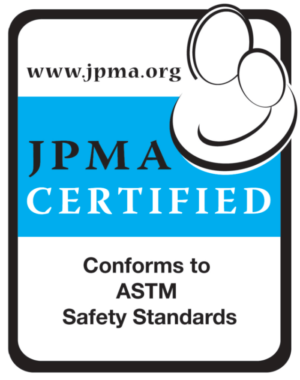It’s that time of year again where we’re off to the beach, amusement parks, backyard pools and pretty much all outdoor activities.
While it’s important to use sunscreen, it’s equally as important to know what to use, and knowing the difference between UVA and UVB sunrays. Not all sunscreens on the market protect from both. The UVB is the more harmful ray.
Most people think the difference in the SPF makes the higher number stronger and therefore better. This is not true. Anything over SPF 50 there is actually no data that shows it makes any difference. It’s the amount of time you’re in the sun that matters. It takes about 20 minutes with no sunscreen for your child’s skin to burn. Factors like eye color and skin color also make a difference as the lighter you are the more often you should lather up again. On average you should reapply every 90 minutes or so, or after swimming and towel driving. SPF 15 and SPF 30 is probably a safer choice in terms of ingredients.
It’s also very important to get direct sun for about 15 minutes daily while only covering up about 40% of your child’s most delicate skin parts such as their face. This can be done with sunscreen or with the proper clothing like T-shirts, sunglasses and hats. This allows your body to produce Vitamin D. Vitamin D is very important and can prevent certain cancers that could strike years down the road. Rather then 100% sunscreen at all times where you’d be deleting your child of the much-needed Vitamin D. Most everything that applies to your kids also applies to you.
What to look for in a sunscreen and can be found on most labels. Make sure to look for “broad spectrum” protection, which helps guard against both UVA and UVB rays. If it doesn’t say “broad spectrum”, I’d suggest finding a product that does. Consumer Reports has a great list of the top sunscreens for kids should you need additional help.
While your reading labels, make sure the list below is not in the sunscreen.
Oxybenzone is one of the most hazardous ingredients you really want to try and avoid. It absorbs into the skin and can be toxic. Zinc Oxide and Titanium Dioxide are always safe bets because they do not absorb into the skin.
Retinyl Palmitate (Vitamin A palmitate). Yes we need Vitamin A, just not in our sunscreen.
Synthetic fragrance may contain harmful chemicals. It may be listed as Parabens, Phthalates and Synthetic musks.
Most importantly, have fun and have a wonderful, safe summer!



